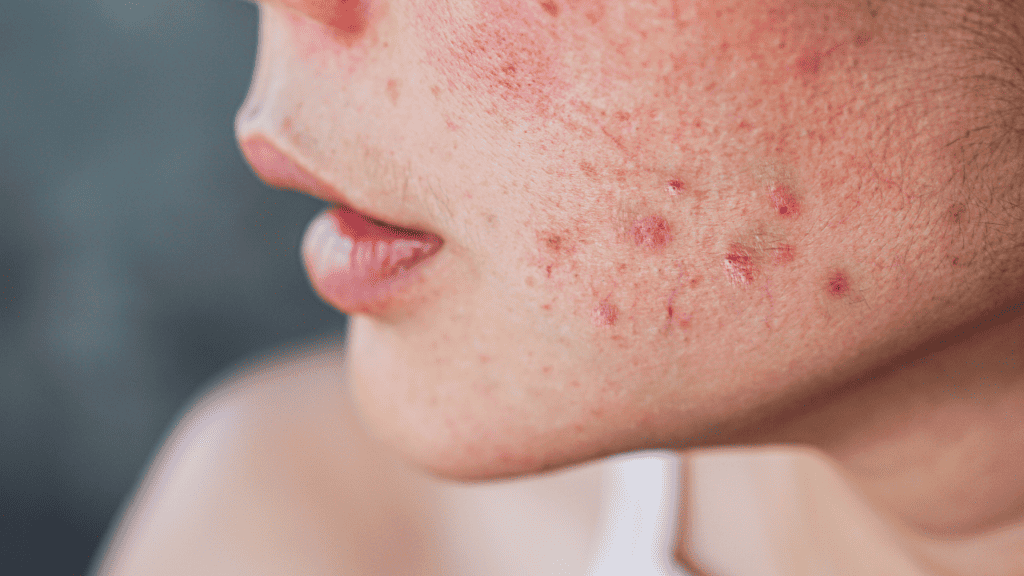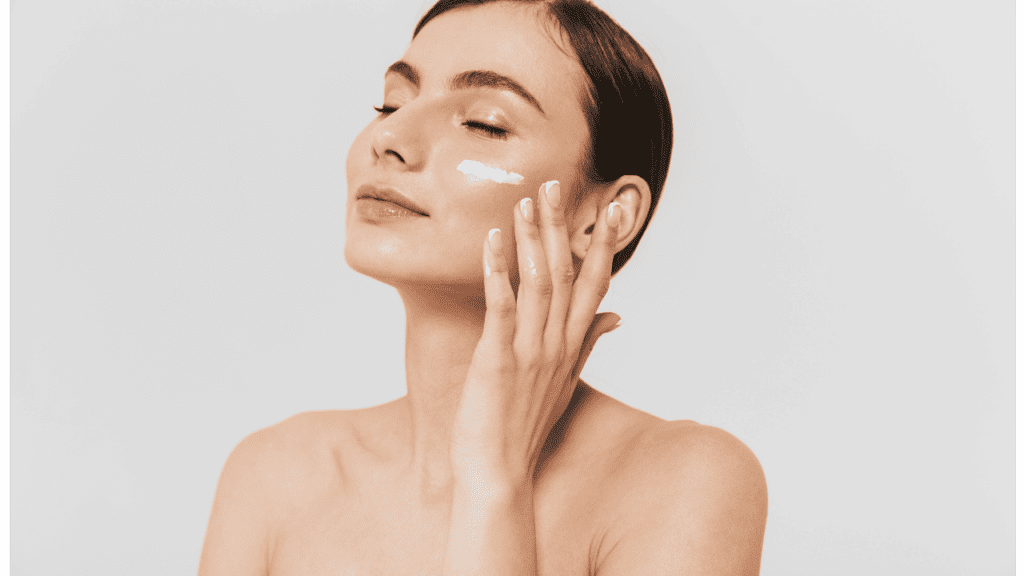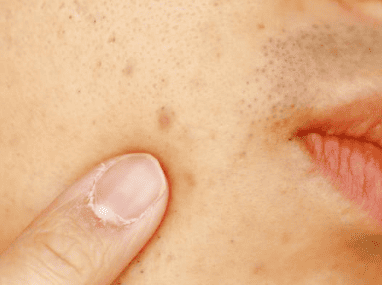Young adults, from 14 to 25, oily skin type and people with hormonal imbalances are more prone to ice pick scars. Ice pick scars, which are deep scars that are hard to get rid of, are primarily caused by severe acne, skin infections and physical trauma and these factors:
- Age and gender considerations: adolescents and young adults, typically between ages 14 to 25.
- Oily skin type
- Health condition: individuals who have some specific health conditions like polycystic ovary syndrome.
increase the risk of ice pick scars occurring over the course of their life.
Key takeaways
- Ice pick scars are primarily caused by severe acne, skin infections, and physical trauma, with adolescents and young adults being most susceptible.
- Genetic predisposition, hormonal changes, and certain lifestyle factors like poor skincare and diet can increase the risk of developing these scars.
- Early acne treatment, tailored skincare routines, and professional interventions are effective in preventing and managing ice pick scars.
Who Is More Prone to Ice Pick Scars?

Demographic Insights: Age and Gender Considerations
Adolescents and young adults, typically between ages 14 to 25, are more susceptible largely due to hormonal changes during puberty that exacerbate acne, a primary cause of these scars.
Regarding gender, both males and females are equally at risk; however, females tend to experience acne more throughout adulthood while male acne tends to be more inflammatory leading to more severe forms of acne. Acne no matter the kind has a risk of scarring, however if it is more severe, inflammation reaches deeper within the skin which causes ice picks scarring.
Skin Type and Texture Susceptibilities
Oily skin types, which are more susceptible to severe acne, are at a higher risk. The skin’s ability to heal, influenced by its texture and thickness, also plays a role. Thinner skin may not heal as effectively, and women do have thinner skin than men, leading to more pronounced scarring, wrinkles and fine lines.
Health Conditions that Increase Risk
Individuals with specific health conditions such as PCOS, polycystic ovary syndrome, or diabetes are more prone to developing ice pick scars. This is because PCOS commonly results in severe acne and diabetes impairs the healing process leading to skin more susceptible to scarring.
Causes of Ice Pick Scars

Ice pick scars are a specific type of scarring that often results from certain skin conditions and injuries. Understanding the causes is crucial in both prevention and treatment.
Acne and Its Severity
One of the primary causes of ice pick scars is severe acne. When acne penetrates deeply into the skin, it damages the underlying tissues and collagen. The deeper it goes the harder it is to fade the scar, ice pick scars occur when the skin leaves narrow, deep and pitted scars.
Not all acne leads to this type of scarring though, it’s typically associated with nodular or cystic acne, which are more severe forms. These types of acne form deep within the skin and are often painful. When they heal, they can leave long-lasting marks.
Skin Infections and Diseases
Other skin infections and diseases can also lead to the formation of ice pick scars. Conditions like chickenpox or staph infections, which cause deep skin sores or blisters, can leave similar types of scarring once healed. The depth and severity of the lesions are key factors in the development of these scars. It’s important to treat these skin conditions promptly and effectively to minimize the risk of scarring.
Trauma and Skin Injuries
Physical trauma to the skin, such as from an accident or surgical procedures, can also result in ice pick scars. When the skin is pierced or deeply wounded, it can heal with a similar pitted appearance. This type of scarring is less common than acne-related ice pick scars but can occur in any instance where the skin is deeply punctured.
Risk Factors for Developing Ice Pick Scars
Knowing the risk factors can help in identifying individuals who might be more prone to developing ice pick scars. This knowledge is essential for early intervention and effective prevention strategies.
Genetic Predisposition
Some people may be more genetically predisposed to scarring, including the formation of ice pick scars. This predisposition can be seen in families where multiple members have similar scarring patterns, indicating a hereditary component.
Age and Hormonal Changes
Teenagers and young adults, often undergoing hormonal changes, are more susceptible to severe acne, which can lead to ice pick scars. Additionally, as we age, our skin loses collagen and elasticity, which can also affect the healing process and increase the likelihood of scarring.
Lifestyle Factors
Poor skincare routines, such as inadequate cleansing or picking at acne, can increase the severity of acne and the subsequent risk of scarring. Diet and stress are also contributing factors; a diet high in sugars and dairy products can aggravate acne, and stress can impact hormone levels and skin health.
Prevention and Management

Preventing and managing ice pick scars is crucial in mitigating their long-term effects. Here, we explore effective strategies for both prevention and treatment.
Early Acne Treatment Strategies
Preventing severe acne is key in avoiding ice pick scars. This includes early intervention with acne treatments, such as topical retinoids, antibiotics, or hormonal treatments, depending on the severity and cause of the acne. Maintaining a regular skincare routine that includes gentle cleansing and the use of non-comedogenic products can also help prevent acne flare-ups.
how to fade ice pick scars
Fading ice pick scars usually requires professional intervention. They are deeper than other types of acne scars and over the counter treatments would not be able to exfoliate deep enough into the skin to remove the scar completely.
Conclusion
Dealing with ice pick scars can be daunting, but with the right information and tools, it’s manageable. Identify who is more prone to these scars, understand the causes, and discuss practical prevention and treatment strategies will greatly help with your skincare journey!
faqs
Can ice pick scars completely disappear with treatment?
While treatments can significantly improve the appearance of ice pick scars, complete disappearance varies depending on the severity and individual skin response.
Are home remedies effective for treating ice pick scars?
Home remedies may offer some improvement, but professional treatments are generally more effective for significant results.
How can I prevent ice pick scars from forming after acne?
Early and effective acne treatment, avoiding picking or squeezing acne, and maintaining a gentle skincare routine can help prevent the formation of ice pick scars.






